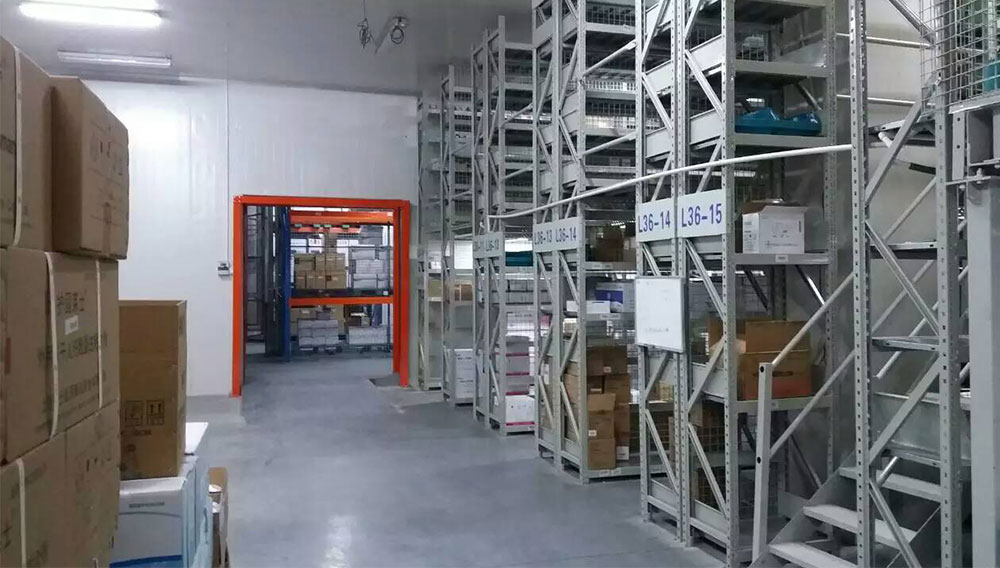
In the field of cold chain logistics and low-temperature storage, low-temperature cold storage plays a key role, and its operation is very important to ensure the quality of goods and extend the shelf life of goods. In the design and construction of low-temperature cold storage, the buffer room is often regarded as an important facility to improve the overall performance of cold storage. So why is it suggested to set up a buffer room in a low-temperature cold storage?

First of all, the buffer room is to maintain the temperature stability in the warehouse. The temperature of low-temperature cold storage is usually maintained at a low level, and the storage temperature of frozen goods such as meat and seafood is often below -18℃. When the refrigerator door is opened, the hot air from outside will flow in quickly. If there is no buffer room, a large amount of hot air will directly enter the cold storage, causing the temperature in the storage to rise sharply. Take a common 500-cubic-meter low-temperature cold storage as an example. In the high-temperature period in summer, if the door is opened for 1 minute every time, the temperature in the storage may rise by 2-3℃ in a short time without buffer room. After setting the buffer room, hot air first enters the buffer room, where hot air and cold air are initially mixed, and the temperature is reduced, and the impact on the temperature in the cold storage is greatly reduced. According to the actual statistics, after setting the buffer room, the temperature rise in the warehouse caused by opening the door every time can be controlled within a small range of temperature fluctuation.
Cold chain logistics business is busy, and cold storage doors are frequently opened and closed. Frequent temperature fluctuations have adverse effects on the quality of goods. For example, frozen food may be sublimated by ice crystals due to temperature fluctuations, resulting in poor taste and loss of nutrition. As an intermediate transition area, the buffer room can isolate the change of external temperature to a certain extent and reduce the interference to the stable low temperature environment in the cold storage due to frequent opening of doors. Even if the cold storage door is opened dozens of times in a period of time, the cold storage with buffer room can still control the temperature fluctuation range in the warehouse to a small range, and ensure that the goods are always in a suitable low-temperature storage environment.
Contact: Haocool
Tel: +86 18918087579
Phone: +86 18918087579
E-mail: marina@haocool.com
Add: Building 5, No.499 Minqiang Road, Xinqiao Town, Songjiang District, Shanghai, China